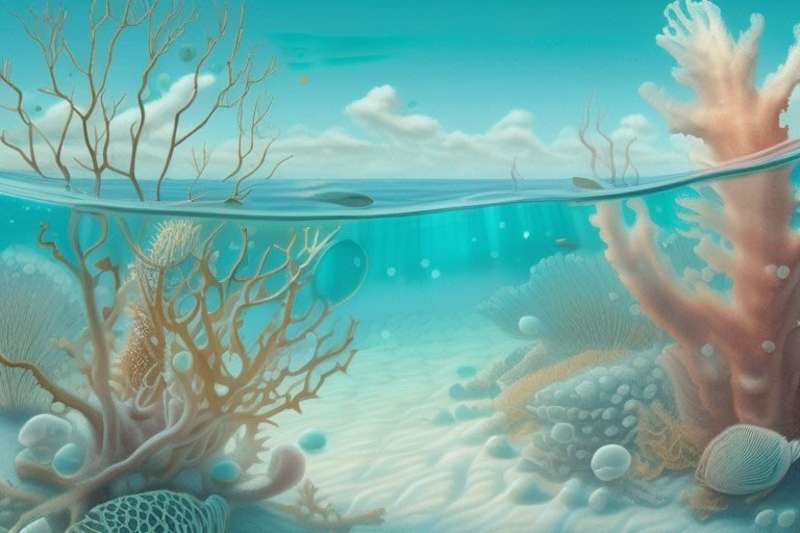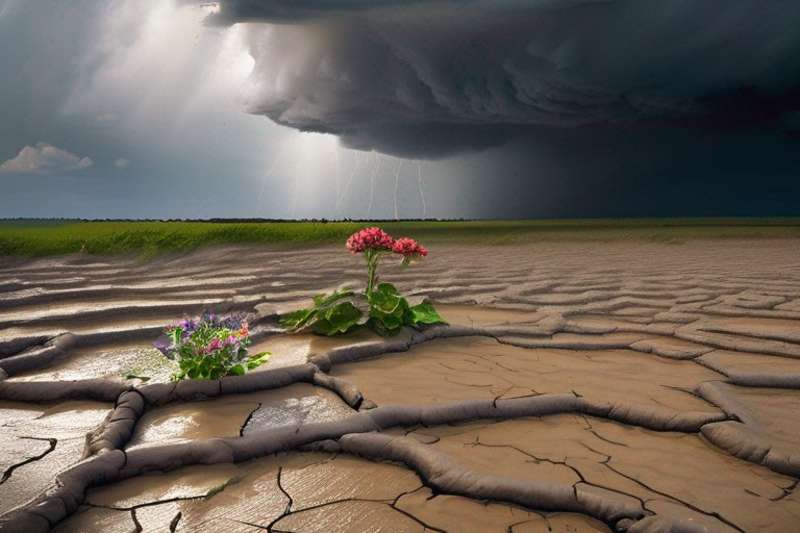
CO2 Emissions Overview
Carbon dioxide (CO2) is a greenhouse gas that traps heat in the atmosphere. Human activities, like burning fossil fuels, have increased atmospheric CO2 levels by over 40% since the pre-industrial era.
Climate Impact Mechanism
CO2 molecules absorb infrared radiation, causing vibrational motions that release heat, warming the Earth's surface and lower atmosphere. This process is central to the greenhouse effect.
Historical CO2 Concentrations
Ice core data reveals that pre-industrial atmospheric CO2 levels were about 280 parts per million (ppm). In 2021, levels surpassed 419 ppm, the highest in over 800,000 years.
Rapid Warming Unprecedented
The current rate of warming due to CO2 emissions is unprecedented. Over the past century, global temperatures have increased by approximately 1.2 degrees Celsius, with significant environmental consequences.
Ocean Acidification Concerns
Oceans absorb about 30% of emitted CO2, leading to ocean acidification. This has detrimental effects on marine life, particularly shell-forming organisms that struggle to maintain their calcium carbonate structures.
Amplified Extreme Weather
Increased CO2 levels intensify the water cycle, leading to more extreme weather events. This includes severe storms, floods, droughts, and heatwaves, with profound implications for ecosystems and human societies.
Mitigation and Adaptation
Addressing CO2 emissions requires global cooperation. Strategies include reducing fossil fuel use, enhancing energy efficiency, and developing renewable energy sources to mitigate climate change impacts.
What increased CO2 levels since pre-industrial times?
Deforestation activities
Burning fossil fuels
Volcanic eruptions
Company